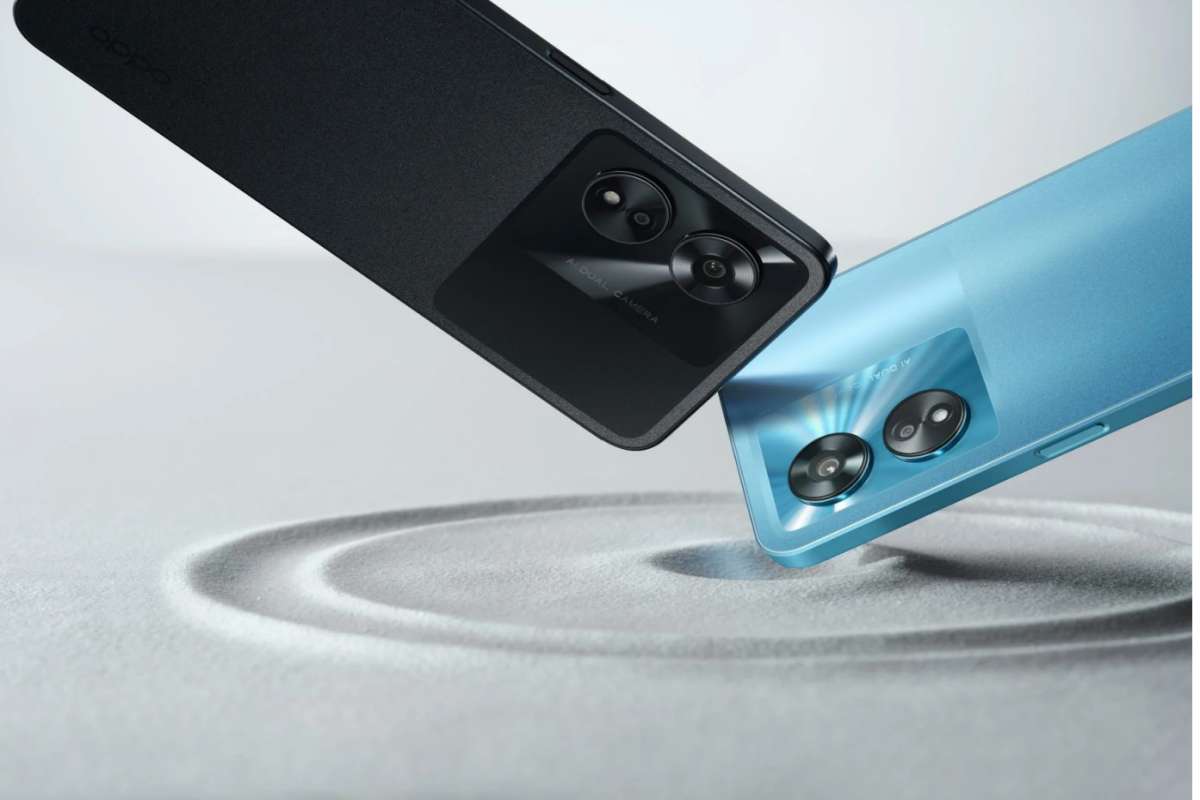As per Counterpoint Research’s Monthly Indonesia Smartphone Channel Share Tracker, the number of 5G sales volume to Indonesia increased by 159% YoY in Q2 2022. Leading this growth were Samsung, OPPO, Vivo, and Xiaomi. In order to accommodate the most recent communication technology, 5G smartphones have better, more recent specifications. Overall, they are therefore a superior option to a 4G smartphone in the same price range. Consumers may think about 5G to maintain their smartphone future-ready after selecting their preferences for normal specs like RAM, display, and battery. Therefore, until 5G services are made available to them by the operators, customers treat 5G as a value addition. This aspect is what is fueling the increase in 5G cellphones.
The Mid-Price Class Is Losing Market Share to 5G Smartphones
Redmi and Samsung, whose Note 10 5G and A22 series handsets have both been on the market since H1 2021, are the main drivers of growth in the lower tiers thanks to persistent consumer demand. Apple and Samsung hold a near 60% share of the premium market. It’s interesting to note that the mid-price section of the 5G smartphone industry is losing market share, with the sub-$350 and >$500 price bands accounting for about three-quarters of all shipments. The dominant mid-band from last year lost more than 50% of its share year over year in Q2 2022. The mid-price tier may become less popular as a result of the allure of 5G smartphone specifications in the sub-$350 price range. Customers choose 5G smartphone pricing around $350 due to the competitive ROM, RAM, and battery features. The rollout of 5G networks has been limited since they were first made available in Indonesia in 2021, and the operators have decided to concentrate more on catering to the manufacturing industry. Contrarily, 4G has a significantly greater number of customers. However, the nation has seen an upsurge in the sale of 5G devices. However, despite OEMs’ strong marketing of 5G handsets, the Indonesian mobile operators have not been persuaded to considerably enhance their 5G networks. This is mostly caused by the limited frequency availability and the lack of compelling customer use cases. The government recently held an auction for new frequencies, including 2.1 GHz, which was won by Telkomsel, in order to address the frequency issue. There will likely be another auction for the low-band 700 MHz soon. The other choice is for mobile providers to exchange frequencies. Given that mobile providers have been combining the use of 4G and 5G, OEMs must maintain dual SIM slots for both 4G and 5G. Additionally, a customer can select 4G and 5G services from several providers, taking into account the restricted 5G coverage. The frequencies that are now available and those that are pending regulatory approval should be considered by smartphone OEMs. These frequencies are in the low and mid bands and are part of the current 5G network, which was built upon the previous 4G network. Future 5G usage can take into account high bands like 2.3 GHz, 2.6 GHz, and others.
